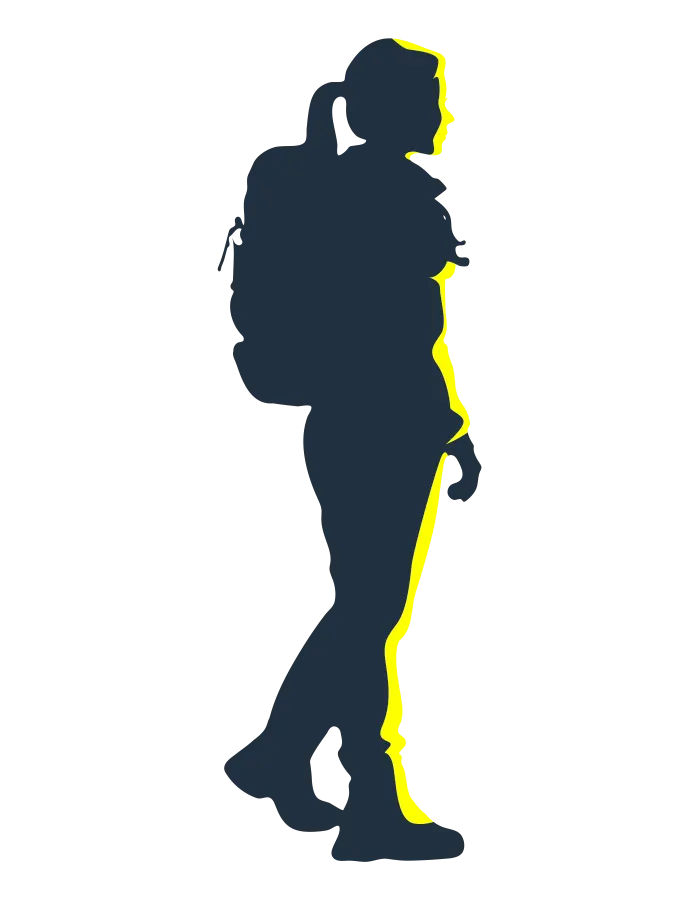NPI Phase 4
Scaling to Volume Production
Welcome to Phase 4 of the New Product Introduction process! We’re ready to use everything we’ve done in Phase 3, including parts tooling, to see how your product assembles, tests, and ships at scale.
This is where SEACOMP’s engineering and manufacturing teams collaborate on the ramp up to a ready-to-ship production process.
Efficiencies at a Glance
- Within Phase 4 there are 3 important milestones that we’ll work through: Engineering Validation Testing (EVT), Design Validation Testing (DVT), and Production Validation Testing (PVT).
- EVT looks for efficiencies in component assembly, ensuring that parts are integrated in the most effective way.
- DVT identifies the most efficient methods for manufacturing your product at scale.
- PVT optimizes the production process to ensure efficient shipping logistics and overall readiness for mass production.
- As we move through Phase 4’s EVT, DVT, and PVT milestones, our vertically integrated team can catch and resolve assembly issues early to prevent costly delays later in the NPI process.
- It can take many additional weeks to hire, onboard, and integrate an external expert to resolve mass production problems. SEACOMP’s internal engineers and designers have been involved with your product from the start, allowing for faster problem-solving.
Engineering Validation Testing (EVT)
Our goal during EVT is to transition your product design from being production-intent to production-ready. The final outcome of EVT is a mass production configuration and repeatable process.
In this stage, we create prototypes and small batches of your product. This is the only time SEACOMP produces limited runs and prototypes as part of our turnkey electronic manufacturing services. We’ll test and refine the assembly process on a smaller scale before moving up to larger production runs in DVT.
During EVT, we’re also working closely with key personnel such as line leaders and supervisors to determine how to best assemble your product components for factory production. We’ll test different assembly methods and make any minor changes needed to plastics or boards in order to improve process efficiencies.


Design Validation Testing (DVT)
With the production-ready design of the product completed, we can test and validate our processes at scale. In DVT, we’ll be producing 50-500 pieces that are tested according to all of the requirements for your unique product. A PCBA programming tester and an end-of-line test fixture will be in place for the electronic circuit boards.
During DVT, we can submit your product to a certification lab for UL safety mark approval or any other required certifications. One such test—salt spray testing—was of key importance when SEACOMP designed an innovative sailing tablet for Vakaros to the ASTM G85 standard.
COMMON DESIGN VALIDATION TESTS
Drop testing for handheld products
- Evaluates and assesses resistance to damage by dropping the product from various heights to mimic real-world impacts
- The product is dropped from various heights using a drop tower test rig with high-speed camera to capture impact effects
WI-FI AND BLUETOOTH TESTING FOR FCC APPROVAL
- Ensures that a product's wireless communication meets FCC regulations for safe and effective wireless communication
INSERTION TESTING
- Assesses the durability and wear of connectors or ports by repeatedly inserting and removing components
- An automated insertion testing machine applies consistent force and speed during repeated cycles
ABRASION TESTING
- Tests the material’s resistance to surface wear and tear from friction
- Abrasive materials are repeatedly rubbed against the product’s surface and a wear measurement tool quantifies the damage
TEMPERATURE TESTING
- Exposes the product to extreme temperatures to evaluate performance and reliability under such conditions
Shock testing
- Simulates sudden impacts or jolts to determine a product's ability to withstand shock
Vibration testing
- Evaluates the integrity and functionality of the product when subjected to continuous vibrations over time
Push/pull force testing
- Ensures the product maintains integrity under push or pull force tension
Salt spray testing
- Simulates harsh environmental conditions to assess corrosion resistance
Bend and tension testing
- Determines a material's flexibility and strength under bending stress
Waterproofing for IPx7 ratings
- Tests for resistance to water ensuring the product meets IPx7 standards for waterproofing

Production Validation Testing (PVT)
Moving into PVT, our goal is to get your product to a ready-to-ship state. We’ll produce a larger run of units (1,000+) to help us lock in any final tweaks to programming, testing, and labeling.
PVT is when all of the remaining logistics for a complete production pipeline are sorted. We’ll prep our material sourcing, incoming quality control (IQC), and shipping so that we’re ready for full production by the end of Phase 4. The work that was done in previous testing will help inform this process. For example, UN 38.3 (Testing for Lithium Batteries) completed in DVT would allow us to safely ship a product with lithium batteries by air.
The benefits of scaling to volume production with SEACOMP
Phase 4 of our NPI process minimizes the challenges that manufacturers face when moving operations into the factory. SEACOMP’s vertically integrated team offers seamless cooperation and communication between engineers and production experts who’ve been involved in your product design since the beginning.
We can quickly address and resolve problems found during EVT, DVT, or PVT without the delays and added costs associated with bringing in external designers or engineers. This streamlined scaling to volume production process helps keep your project on schedule and within budget.

What's Next
As we conclude Phase 4, we're ready for production. Having refined the assembly process through EVT, validated designs at scale with DVT, and finalized logistics and quality controls during PVT, we’re set for a smooth shift to mass manufacturing.
In Phase 5, Production Process and Supply Chain Optimization, we’ll continue to find optimizations and process improvements that lead to savings over time. We’ll see how we can improve your product output and support your annual unit production goals.

Start the discovery process

Continue Along the Journey
Move on with us to Phase 5: Production Process and Supply Chain Optimization!